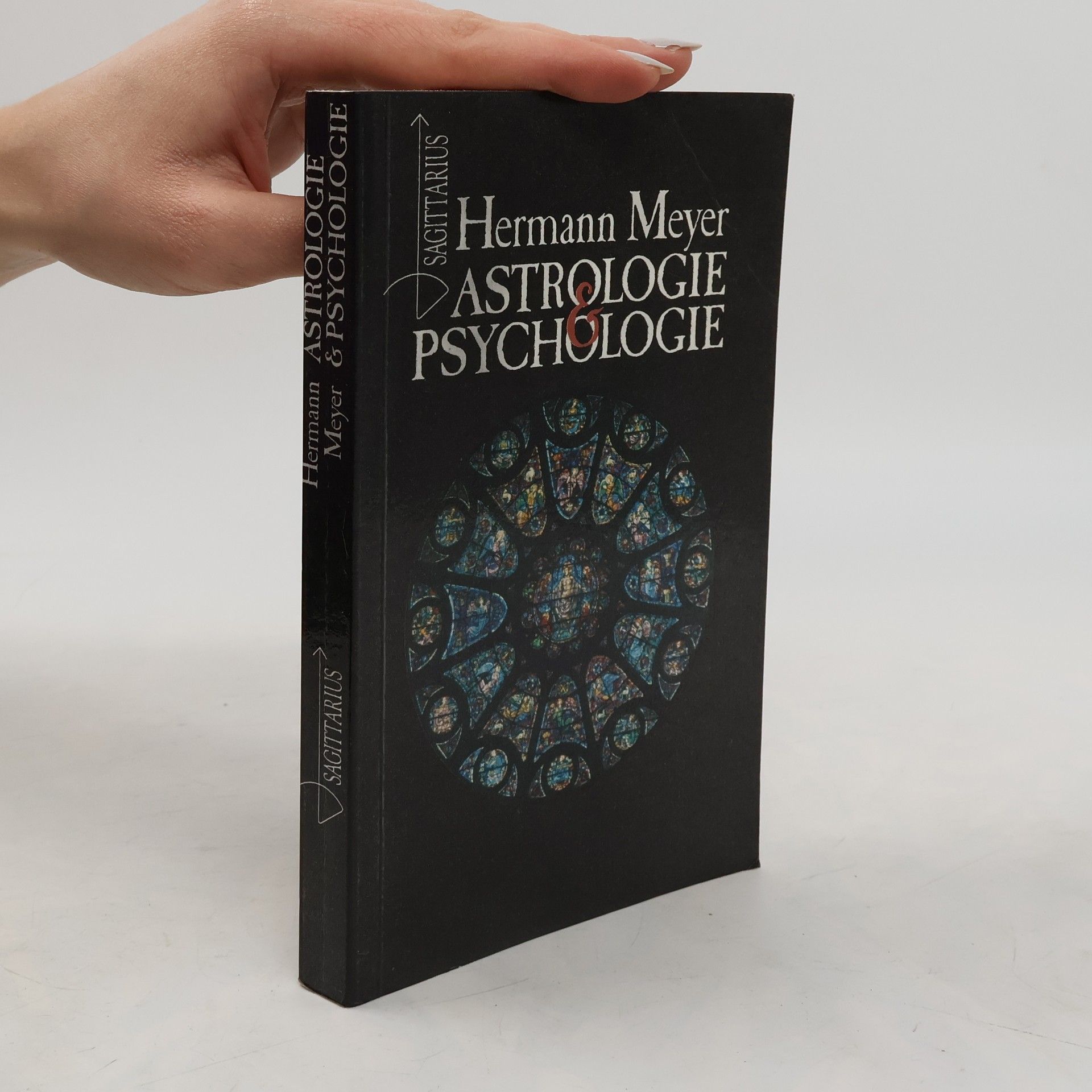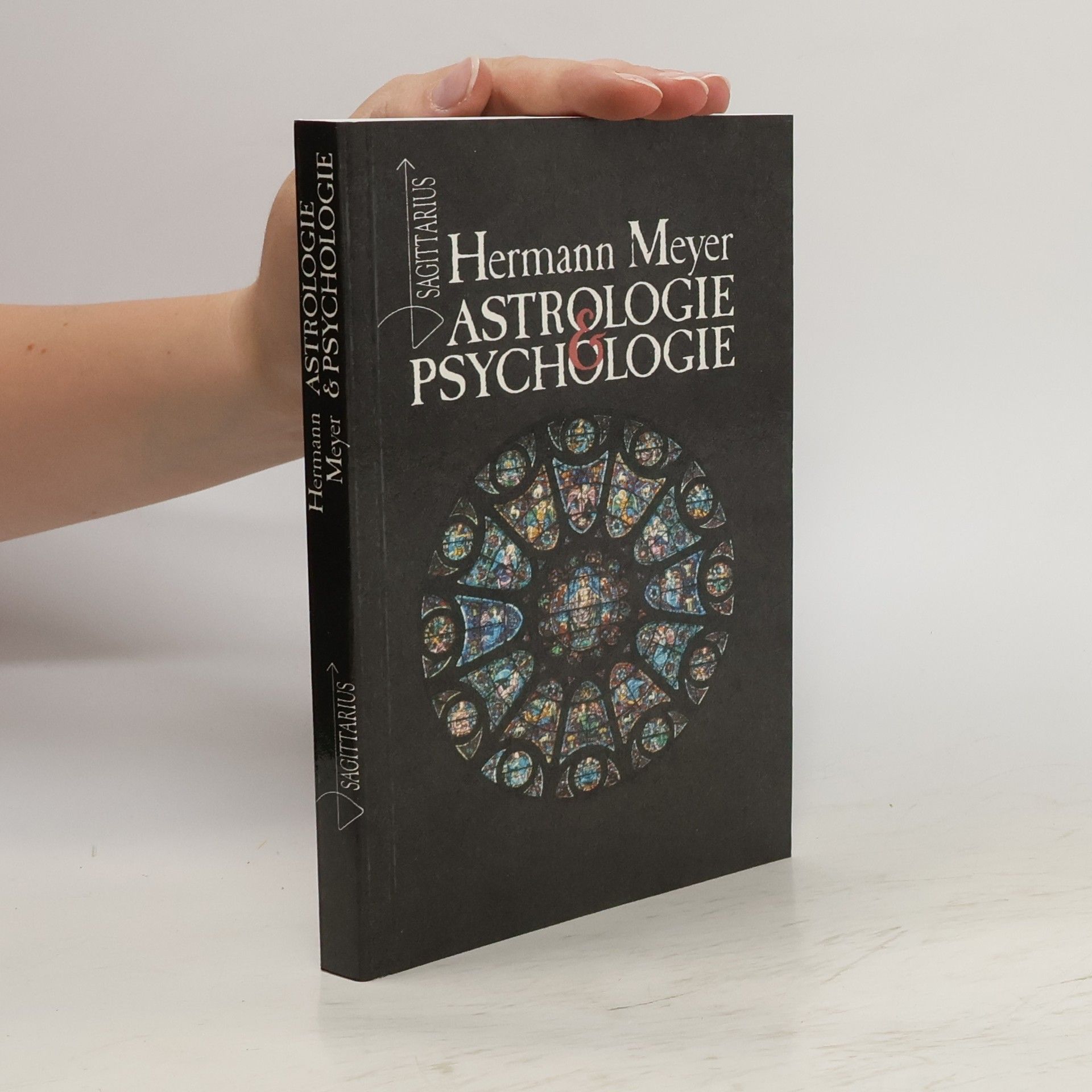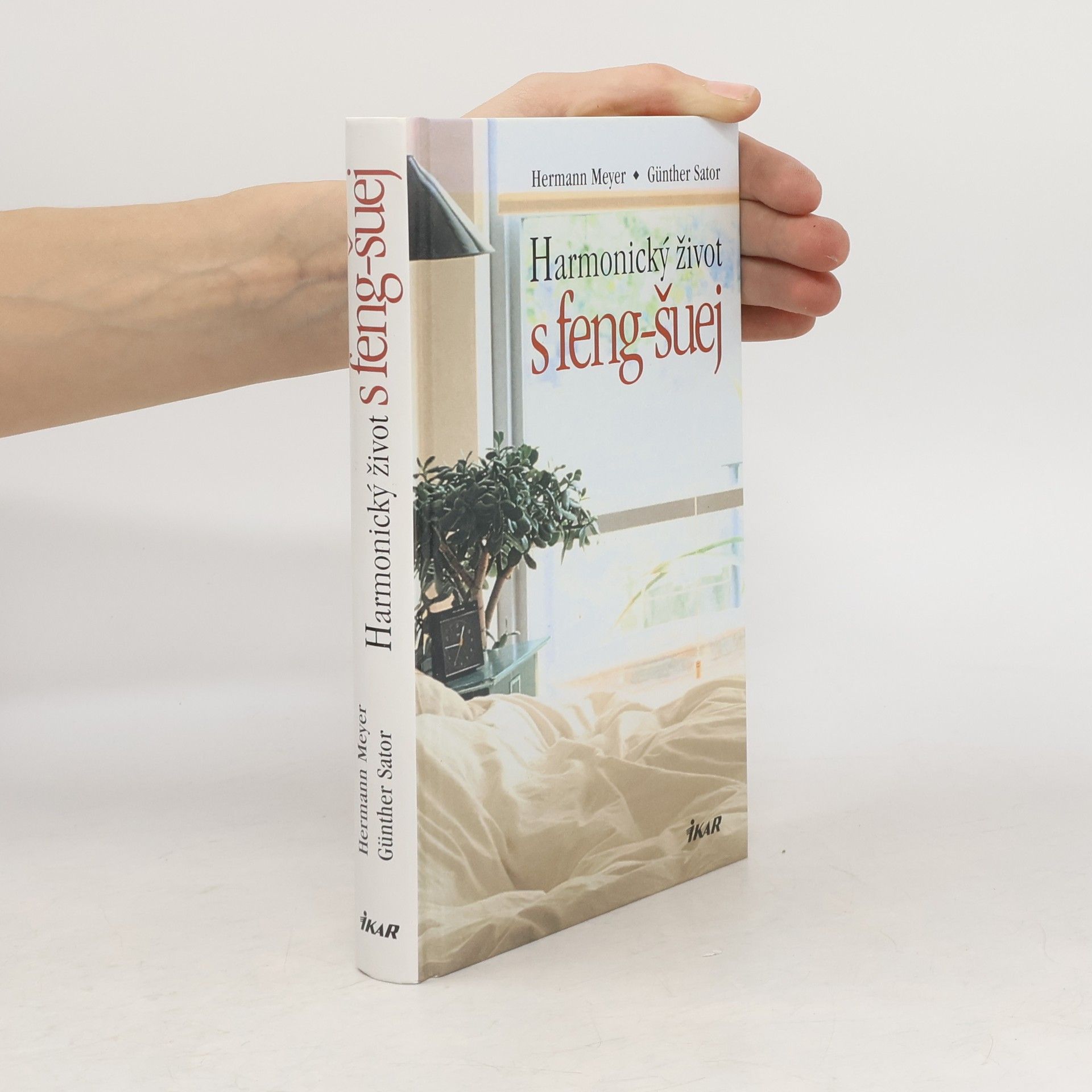Hermann Meyer + Gunter Sator: Dokonalý interiér doma i na pracovišti - úspěch v profesním i osobním životě. O umění feng-šuej se v knize poprvé hovoří tak, aby toto umění bylo srozumitelné západnímu člověku, a najdeme tu i vysvětlení tajemného působení principů, které se za tímto tisíce let starým věděním odvozením ze zkušeností skrývají. Feng-šuej je rozsáhlý a komplexní obor vědění, a proto autoři knihu pokusili koncipovat tak, aby byl čtenář uveden do tohoto učení krok za krokem.....
Herman Meyer Knihy






Despite his early death, Jason Rhoades (1965–2007) left a prolific body of sculptural work. Eva Meyer-Hermann provides a chronological exploration and interpretation of Rhoades’ installations, which often fill entire halls. The texts challenge historical codifications that the artist himself evaded through a deliberate "double" perspective on facts. Rhoades’ artistic journey began in the late 1980s and early 1990s at the University of California, Los Angeles, under mentors like Richard Jackson and Paul McCarthy, during a time when the Southern Californian performance scene was expanding into the New York and European art markets. He incorporated performative elements into his spatial installations, developing thematic cycles from them. His sculptural language draws from mass culture and evolves metaphors through significant physical excursions, symbolizing unfulfilled desires for spiritual insight. This work is presented in the first monograph of Rhoades’ oeuvre in both German and English, authored by a recognized authority on his art, making it an extraordinary collectible in the series of monographs. Rhoades was born in California and studied at several prestigious institutions, culminating in a guest professorship in Frankfurt. He passed away in 2007, leaving behind his wife, artist Rachel Khedoori, and their daughter. Rhoades remarked, “My work has always been concerned with juggling the impossible.”
The oldest possible memory
- 64 stránok
- 3 hodiny čítania
Description: "The Oldest Possible Memory" was published to accompany an exhibition of one of the most remarkable private collections of 20th century art in the world, thew Sammlung Hauser and Wirth Collection, and to serve as the first volume documenting it. From Louise Bourgeois to Sarah Lucas, Francis Picabia to Robert Gober, Alexander Calder to Raymond Pettibon and many others, the range and quality presented here is astonishing.
Why The Shoe Pinches
- 54 stránok
- 2 hodiny čítania
If you've ever wondered why your shoes don't fit quite right, this insightful book has the answers. Drawing on his years of experience as a cobbler, Hermann Meyer explains the science of shoe design and how it affects comfort and fit. With practical advice on choosing the right shoes and caring for them, this book is a must-read for anyone who wants to step out in style and comfort.
Bows and Arrows in Central Brazil
- 62 stránok
- 3 hodiny čítania
The Poetics of Quotation in the European Novel
- 290 stránok
- 11 hodin čítania
The book presents a fresh perspective on the history and poetics of the novel, highlighting the interplay of seriousness and playfulness in literature. Emil Staiger praises the author's ability to discuss literary techniques with both depth and grace. It explores the art of quoting in the works of Rabelais, Cervantes, and Sterne, and examines how these techniques evolved through six significant novelists, from Wieland to Thomas Mann, showcasing their contributions to literary scholarship.
Daniel Richter
Paintings Then and Now
While German painting of the postwar period mostly concerned itself with coming to terms with the past and presenting it in gestures ranging from the heroic to the ironic, Daniel Richter focuses on positioning himself in the present. Time and again he devises new ways of being “modern” in a medium that has long been labeled old-fashioned. His pictures consistently challenge the spectator through their painterly and contextually excessive demands, but they do not lecture on moral issues. For the first time, Eva Meyer-Hermann traces the chronological development of Richter’s oeuvre across more than 200 examples of his work. The turns from abstraction to figuration and back again that until now have been described as abrupt, prove on closer examination to be a logical consequence and a sign of conscious artistic action. DANIEL RICHTER (*1962, Eutin, Schleswig-Holstein) has been one of the most significant and internationally renowned painters of his generation for more than twenty years. His beginnings in the autonomous left-wing underground and studies with Werner Büttner at the Hochschule für bildenden Künste in Hamburg contributed to his reputation, as has his eloquent public presence.